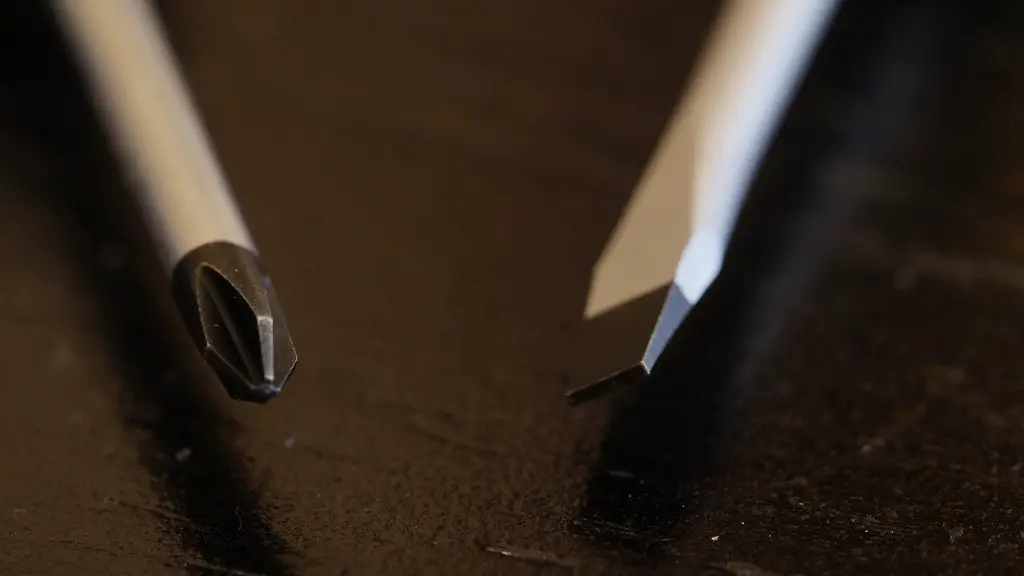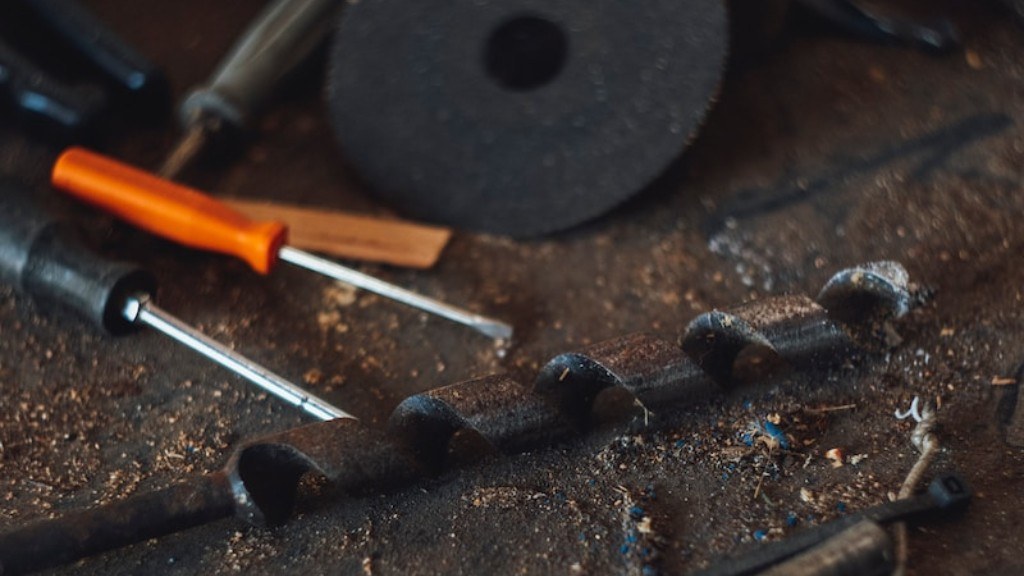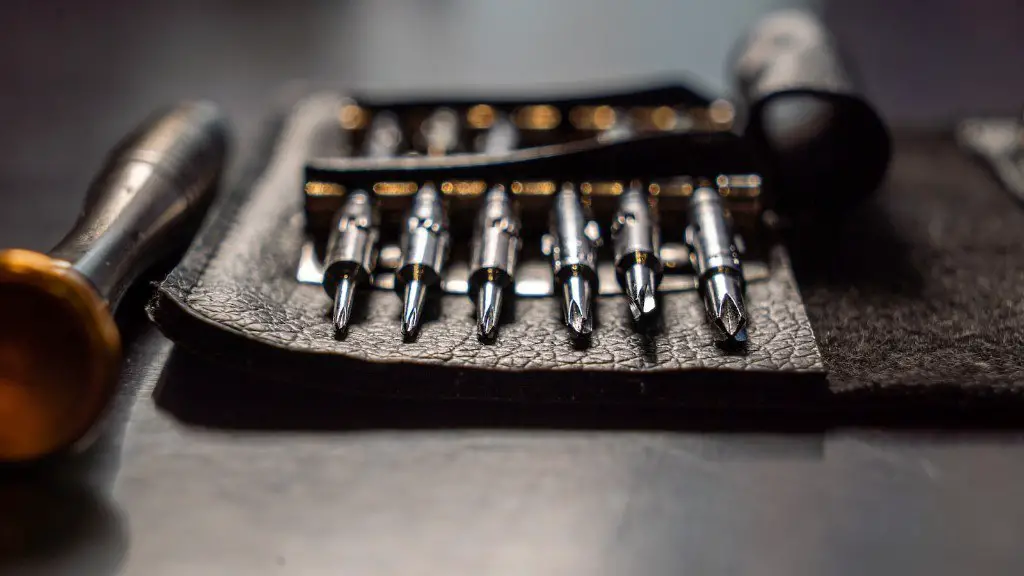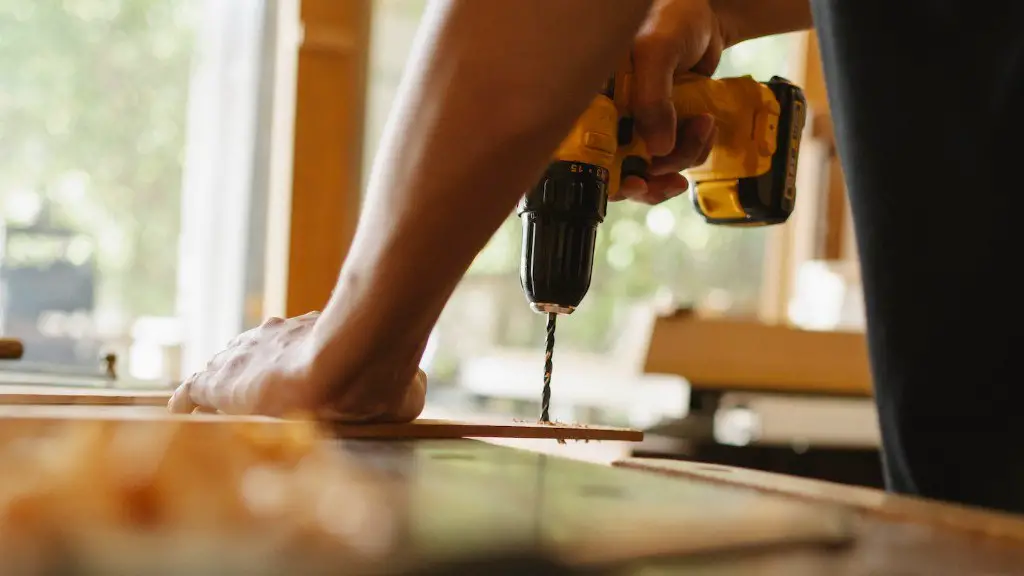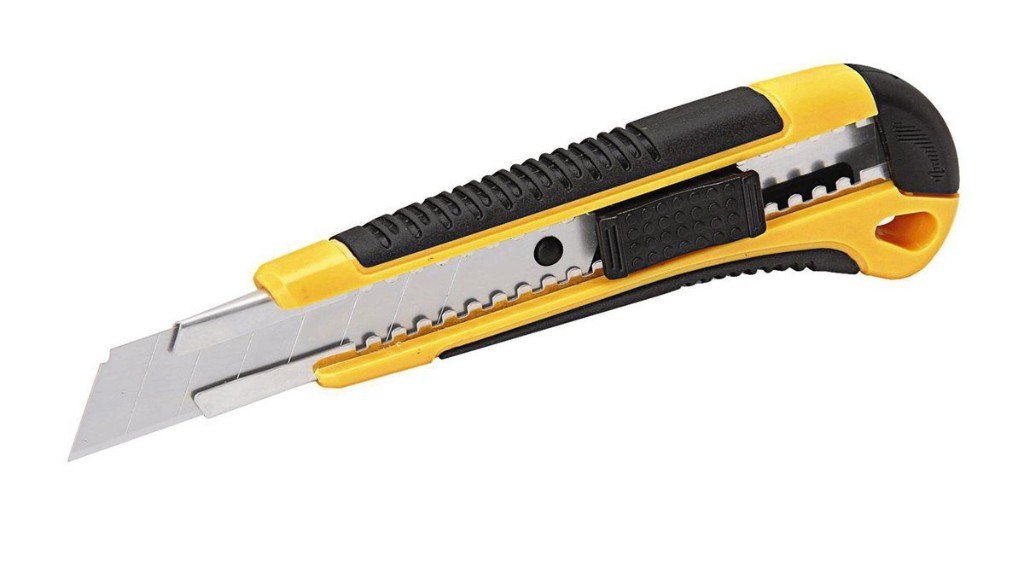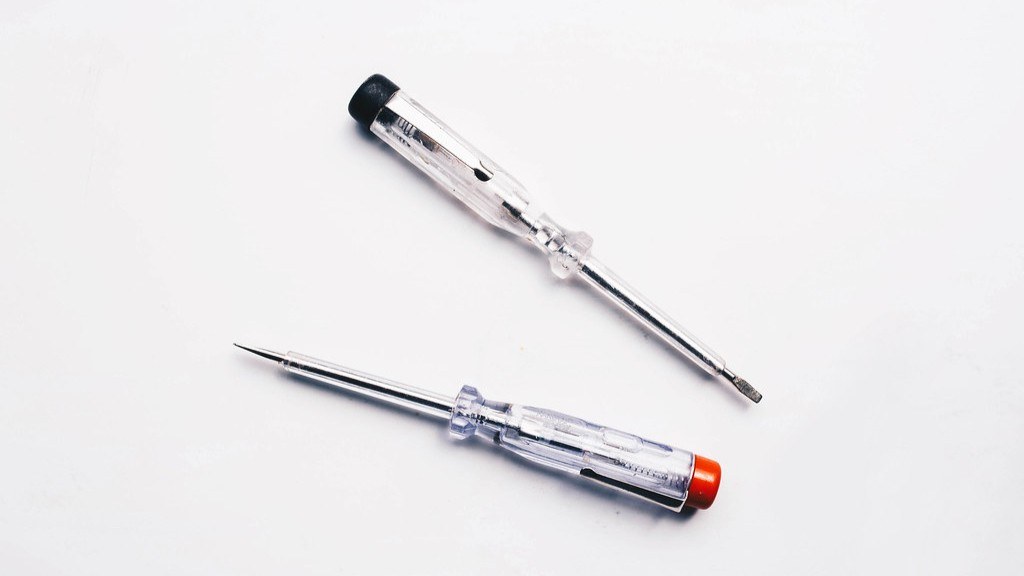A capacitor is a device that stores energy in the form of an electric field. It is composed of two metal plates separated by a dielectric material, such as glass or paper. The plates are connected to a power source, and when the power is turned on, charge begins to flow into the capacitor, creating the electric field.
When the power is turned off, the capacitor continues to hold the charge in the electric field. If you want to discharge the capacitor, you can do so by connecting a conducting material, such as a screwdriver, between the two plates. This will allow the charge to flow out of the capacitor and into the screwdriver, safely discharging the capacitor.
Touch the screwdriver to both the positive and negative leads of the capacitor. This will allow the charge to flow from the capacitor into the screwdriver, effectively discharging it.
Does discharging capacitor with screwdriver damage it?
If you need to discharge a capacitor with a voltage of 50 volts or less, you can do so safely with an insulated screwdriver. However, if the capacitor’s voltage is higher than 50 volts, it’s best to avoid using a screwdriver to discharge it, as this can damage the capacitor, the screwdriver, and even the user.
There are a few different ways to discharge a capacitor, but the most common method is to use a discharge tool. This is a small, handheld device that has a probe on one end that is inserted into the capacitor. Once the probe is in place, the discharge tool is activated and the capacitor is discharged.
How do you quickly discharge a capacitor
This is the most common way to discharge a capacitor. You place the metal tip of the screwdriver across the terminals of the capacitor and then touch it to the metal frame of the power supply. This will create a short circuit and quickly discharge the capacitor.
A capacitor discharge tool is a useful tool to have when working with electronics that have larger capacitors. It is usually safe to discharge a capacitor using a common insulated screwdriver; however, using a capacitor discharge tool is a good idea to avoid any potential hazards.
What happens if you don’t discharge a capacitor?
When a capacitor is charged, it stores energy in the electric field between its plates. Even if it is disconnected from the power source, it will retain its charge for a long time. This can be dangerous because the voltage across the capacitor’s terminals can remain high enough to cause a shock.
If you come in contact with an open power supply that has a capacitor, you may receive an electric shock. The capacitor can discharge current even when it is not energized, so it is important to be careful around them.
How long does it take to discharge a capacitor?
A capacitor will discharge to its original voltage after one time period. As a result, we can safely assume that a capacitor discharges in 5 – time constants.
A capacitor will discharge on its own over time, losing charge and voltage. This is due to the capacitor’s time constant, which is the time it takes for the capacitor to discharge 63% of its voltage. Therefore, a capacitor will discharge to near 0% after 5 time constants.
Which side does a capacitor discharge
As a capacitor is charging, current flows into the positive plate and out of the negative plate. This process adds positive charge to the positive plate and removes negative charge from the negative plate. As the capacitor continues to charge, the voltage across its plates increases.
When the capacitor is discharged, current flows out of the positive plate and into the negative plate. This process removes positive charge from the positive plate and adds negative charge to the negative plate. As the capacitor continues to discharge, the voltage across its plates decreases.
You need three things insulated gloves glasses and a discharge pen. A discharge pen is one of the few perfect gifts for the electrical engineer in your life. It is a USB device that can safely and easily discharge the static electricity from your body.
How long does it take for a capacitor to discharge naturally?
A capacitor will discharge to 63% of its voltage after one time period. After five time periods, a capacitor will discharge up to near 0% of all the voltage that it once had. Therefore, it is safe to say that the time it takes for a capacitor to discharge is five time constants.
Dielectric breakdown is a common failure mechanism for capacitors. The dielectric in the capacitor is subjected to the full potential to which the device is charged and, due to small capacitor physical sizes, high electrical stresses are common. When the dielectric breaks down, current flows through the capacitor, causing a short.
How do you know if a capacitor is discharged
A:
If you’re testing a capacitor with a multimeter, you should expect the voltage to drop rapidly to 0V. This is because the capacitor is discharging through the multimeter. If the capacitor doesn’t retain the voltage, it’s defective and needs to be replaced.
Charging a capacitor with high voltage can be dangerous as the stored energy can discharge suddenly and cause injury.
What resistor is best for discharging capacitors?
When discharging a capacitor, it is important to use a resistor that can handle the high power dissipation. A 5W 1kΩ resistor is a good choice for this purpose. These high-power resistors are usually expensive, but they are necessary to safely discharge the capacitor.
The capacitor is one of the most important parts of an AC unit. It is responsible for supplying the AC unit with electrical energy and for storing electrical energy that is capable of jumpstarting the AC unit. This usually requires anywhere from 400 to 600 volts. Without a functioning capacitor, your AC unit will not turn on.
Can you discharge a capacitor with a light bulb
This is a great way to discharge a capacitor safely and quickly. Be sure to use an incandescent light bulb that can handle the voltage of the capacitor, and once the bulb is no longer lit, the capacitor is discharged.
Capacitors are safe when uncharged because there is no voltage or charge stored in them. However, if the voltage across the capacitor’s terminals is high enough, it can cause a harmful effect on your body.
Conclusion
A capacitor is an electronic component that stores and releases electrical energy. Capacitors can be discharged by using a screwdriver to connect the positive and negative terminals of the capacitor. This will release the stored electrical energy and discharge the capacitor.
To discharge a capacitor with a screwdriver, first make sure the capacitor is discharged. If it is, touch the screwdriver to the positive and negative terminals of the capacitor. If the capacitor is not discharged, hold the screwdriver by the insulated handle and touch the metal tip to the positive terminal, then touch the negative terminal.
